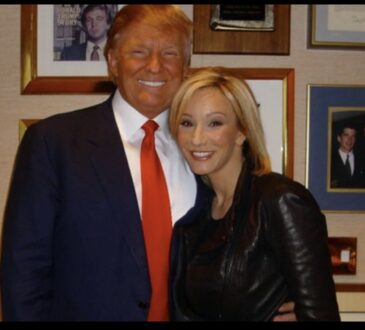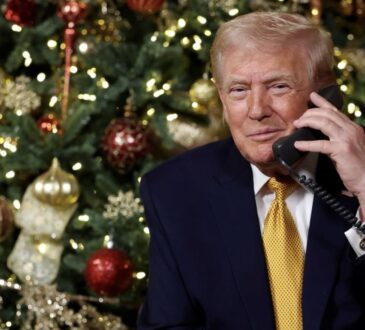
Donald Trump, the current President of the United States, has recently sent armed soldiers and uniformed troops to stand guard at some of Washington D.C.’s most famous and historic places.
These are landmarks visited by millions of people every year, and their sudden militarisation has shocked many residents and visitors.
Trump has defended his actions by claiming that crime in the city is out of control and worse than it has ever been, saying this is the reason he has placed troops there. But this claim is false.
Official statistics show that violent crime in Washington D.C. has actually fallen sharply over the last two years, meaning the city is safer now than it was before.
Despite this, Trump has gone even further by calling for the death penalty to return to Washington D.C. The city abolished capital punishment more than four decades ago, in 1981, when the D.C. council repealed its death penalty law.
Since then, no one has been legally executed under the city’s authority, and in 1992, residents voted in a public referendum against bringing the death penalty back.
This has been the long-standing position of the District of Columbia, which has taken a firm stance against executions for decades. The last person executed in the city was put to death in 1957, long before these modern laws were set.
During a recent cabinet meeting that was broadcast on television, Trump openly stated that anyone who kills another person in Washington D.C. should face the death penalty. He repeated his demand in front of cameras, using strong and forceful language, saying, “Capital, capital punishment,” and insisting that it should be applied if someone commits murder in the capital city.
This proposal directly goes against D.C.’s laws, which do not allow executions, and legal experts have pointed out that his statements amount to calling for something that would be considered illegal if carried out at the local level.
There is a difference between federal law and the laws of Washington D.C. The federal government does have the ability to use the death penalty for certain very serious crimes, including first-degree murder, murder connected to rape or child sexual abuse, and murder with specific aggravating circumstances.
But this authority is separate from the city’s local government, and historically, the federal death penalty has been used only rarely. For many years, federal executions were not carried out at all. In fact, before Trump’s first term in office, there had been a 17-year pause with no federal executions taking place.
That changed under Trump’s leadership. In the final seven months of his first presidency, he ordered and oversaw 13 federal executions, a number that shocked many people and marked the highest count of executions by a U.S. president in over 120 years. Among those executed was Lisa Montgomery, who became the first woman in nearly seven decades to be put to death by the federal government. This sudden wave of executions was seen by critics as a dark and aggressive turn in U.S. policy.
Trump’s recent threats to bring the death penalty to Washington D.C. are being viewed by many as part of a broader pattern of increasing military and federal control over the capital. By deploying troops to iconic parts of the city and calling for punishments that the local population has repeatedly rejected, he is trying to override the democratic decisions of D.C.’s residents and its council. For decades, the people of Washington D.C. have chosen not to use capital punishment, but Trump’s demands show an attempt to impose his own will over established laws and long-held principles. Many see this as a dangerous step that mixes fear, misinformation about crime, and the use of military presence to exert power in the heart of the United States.




